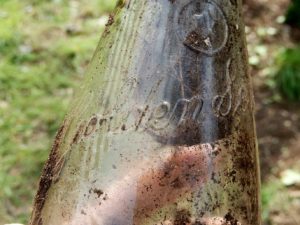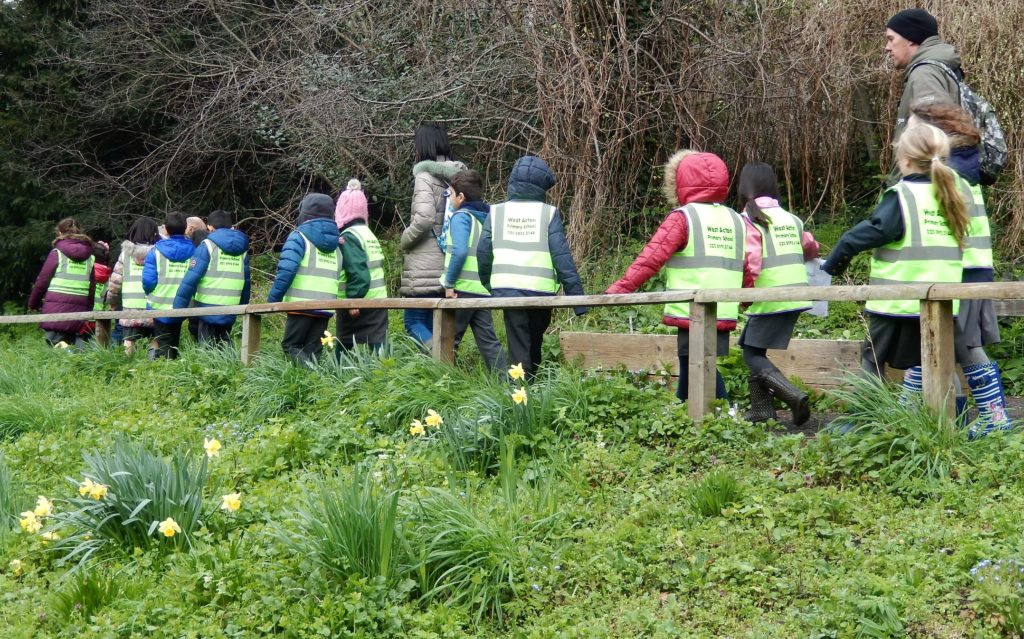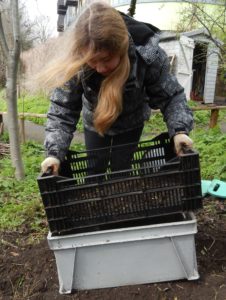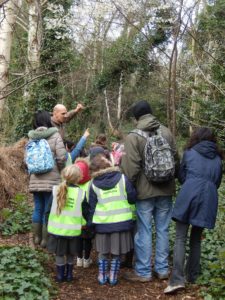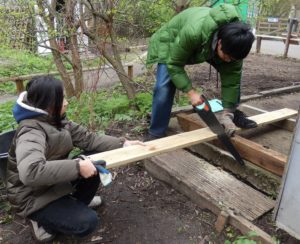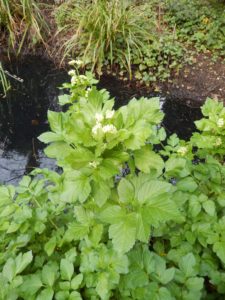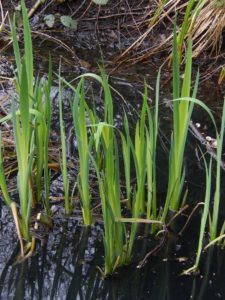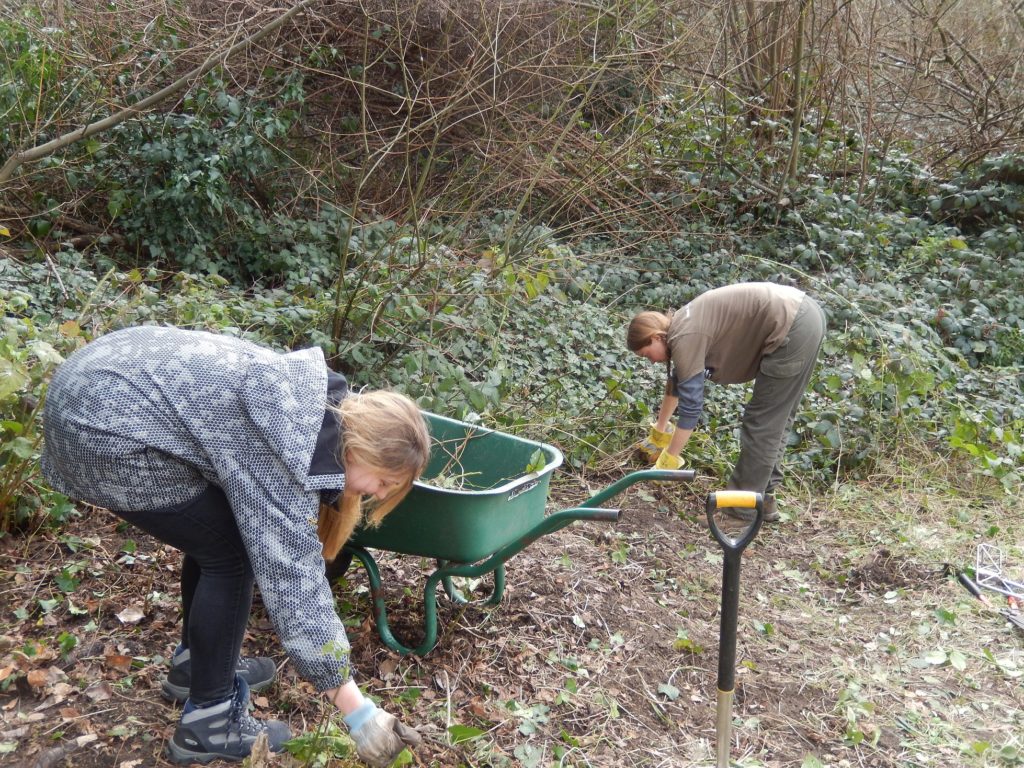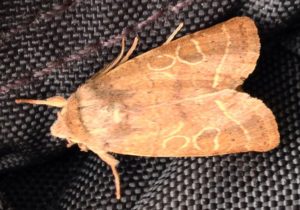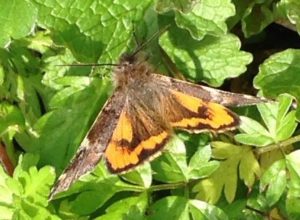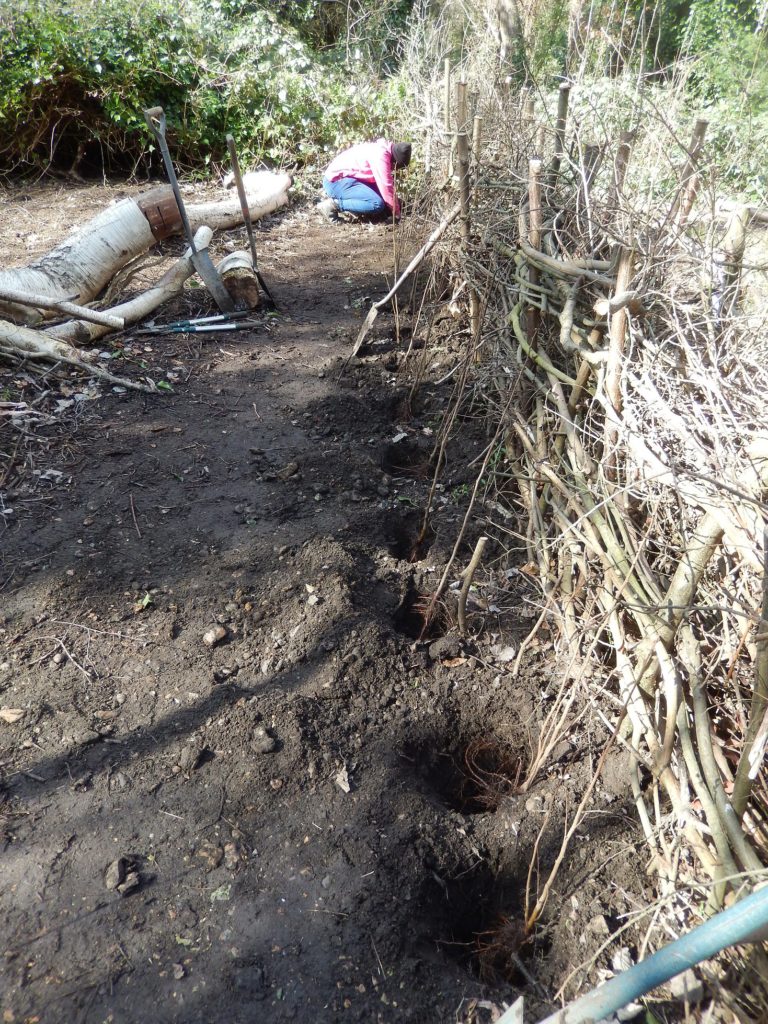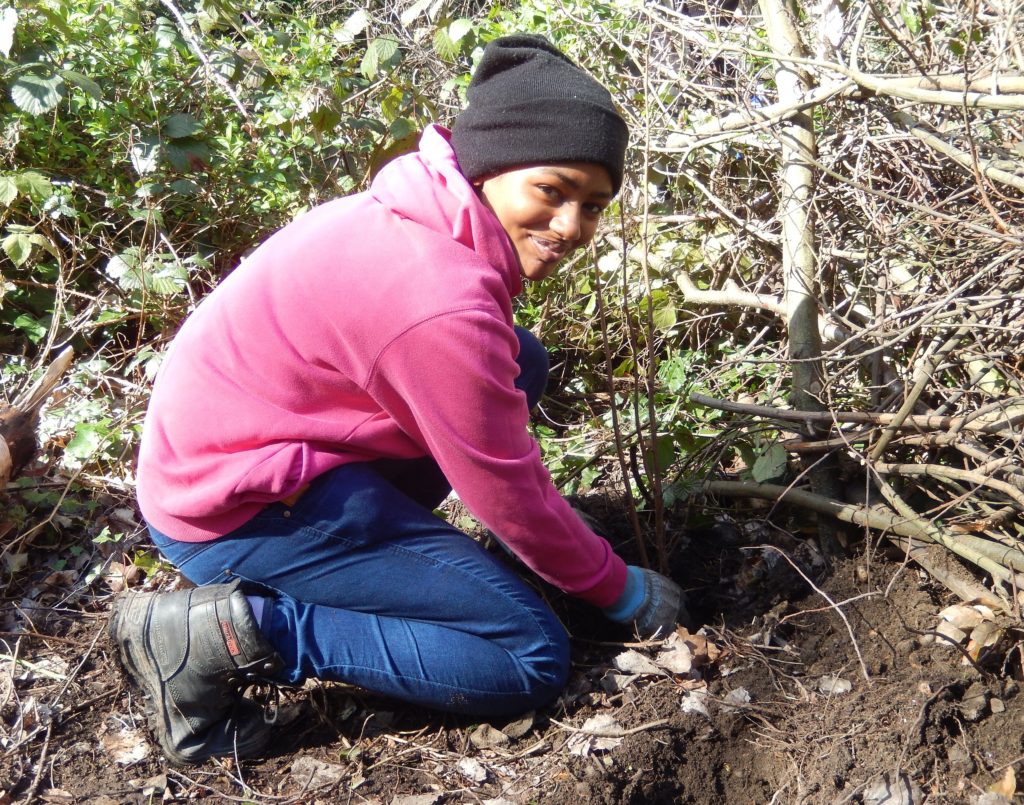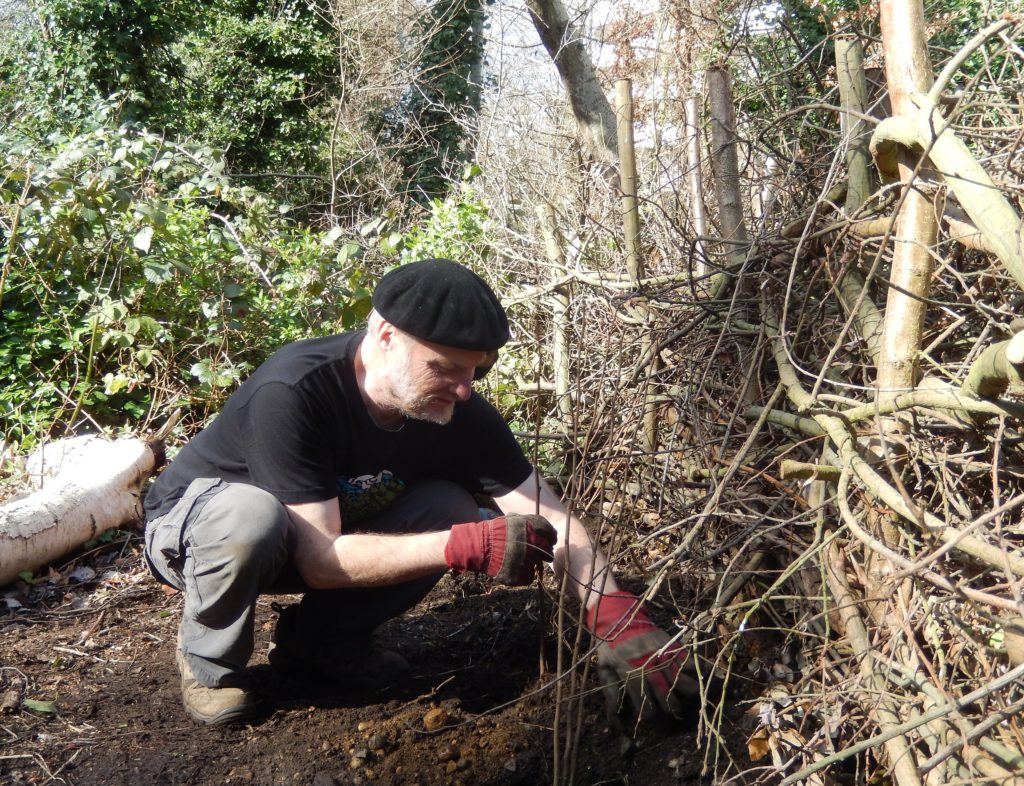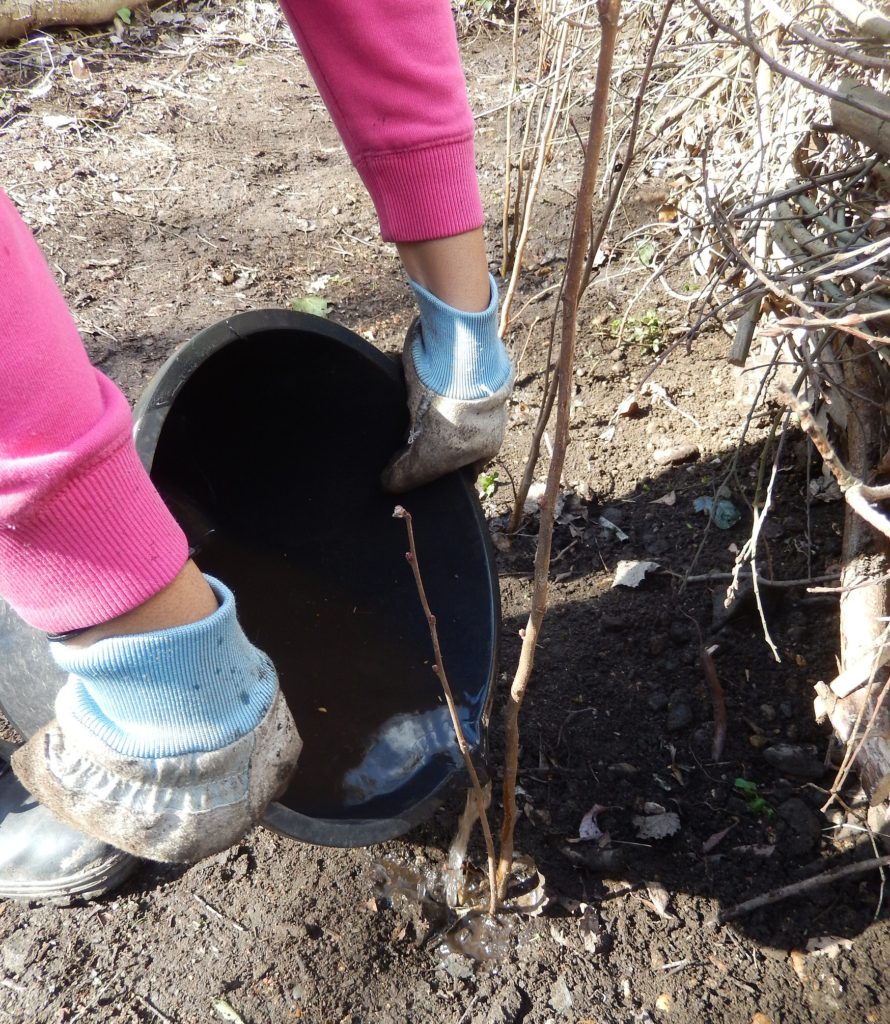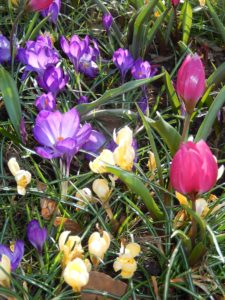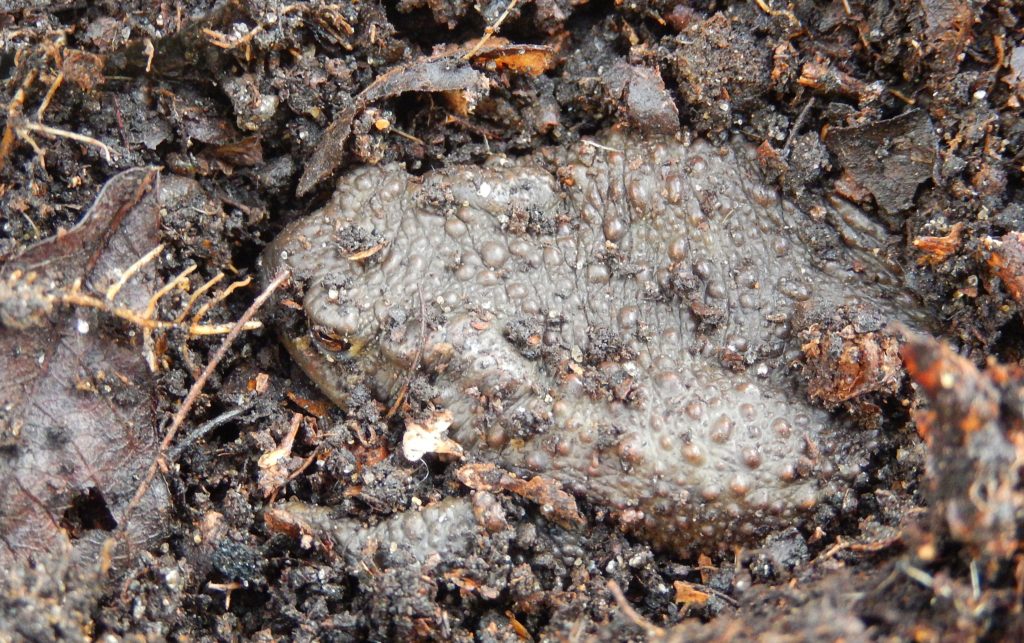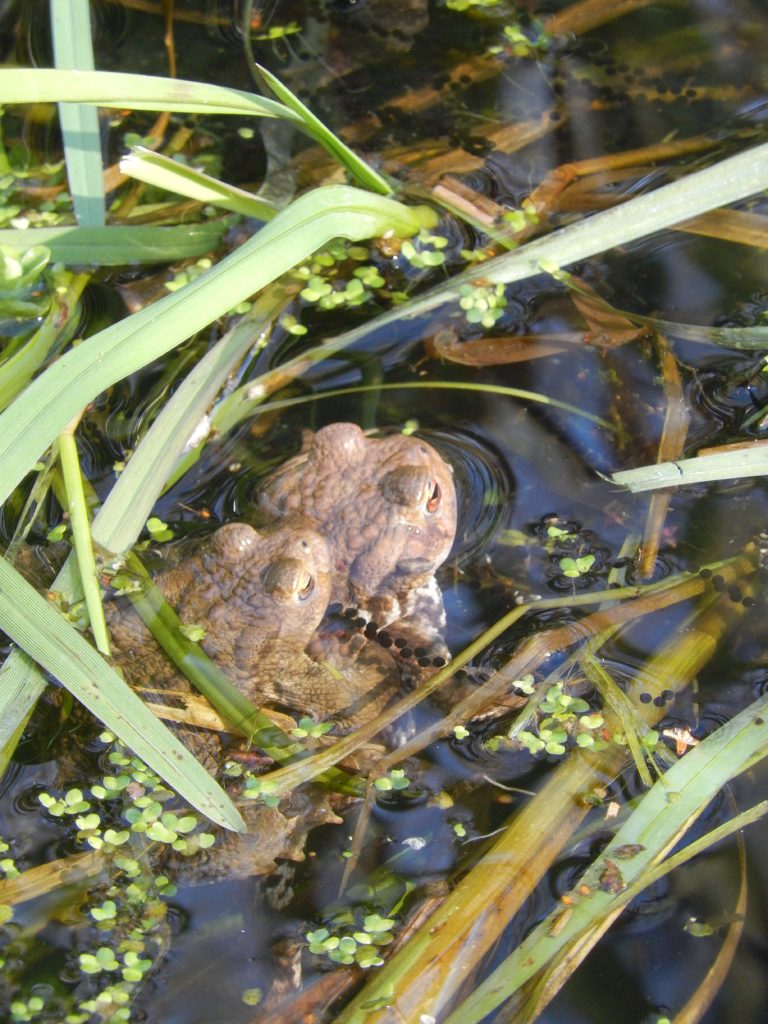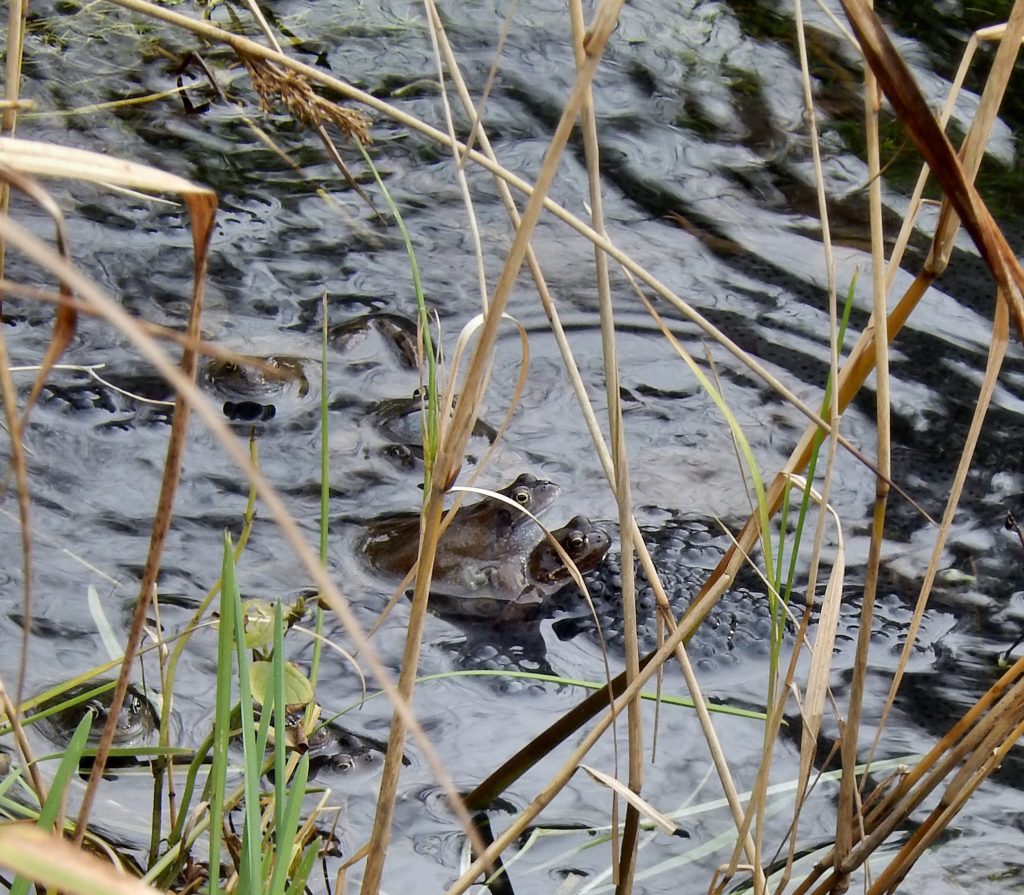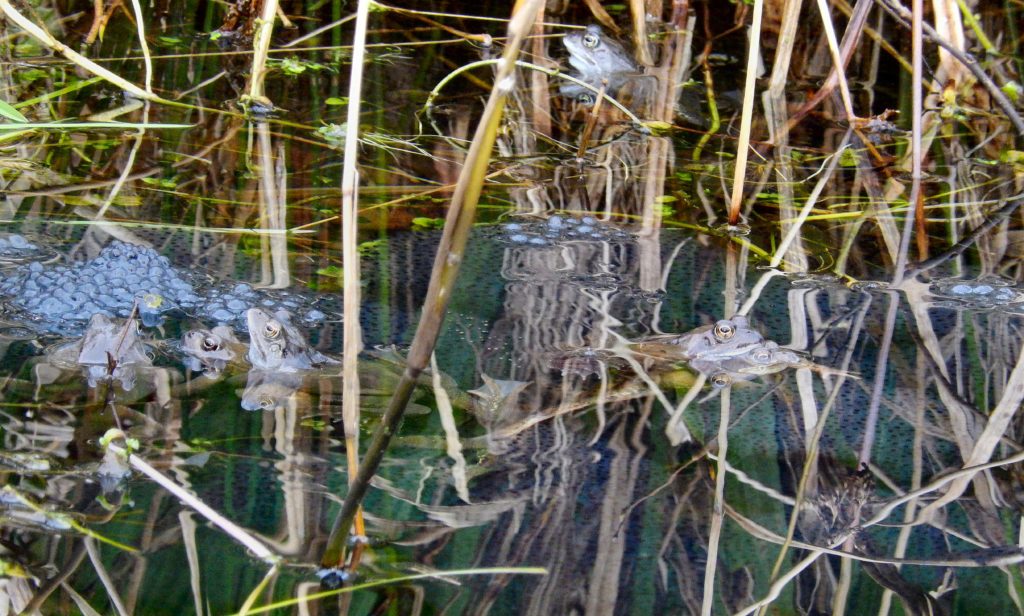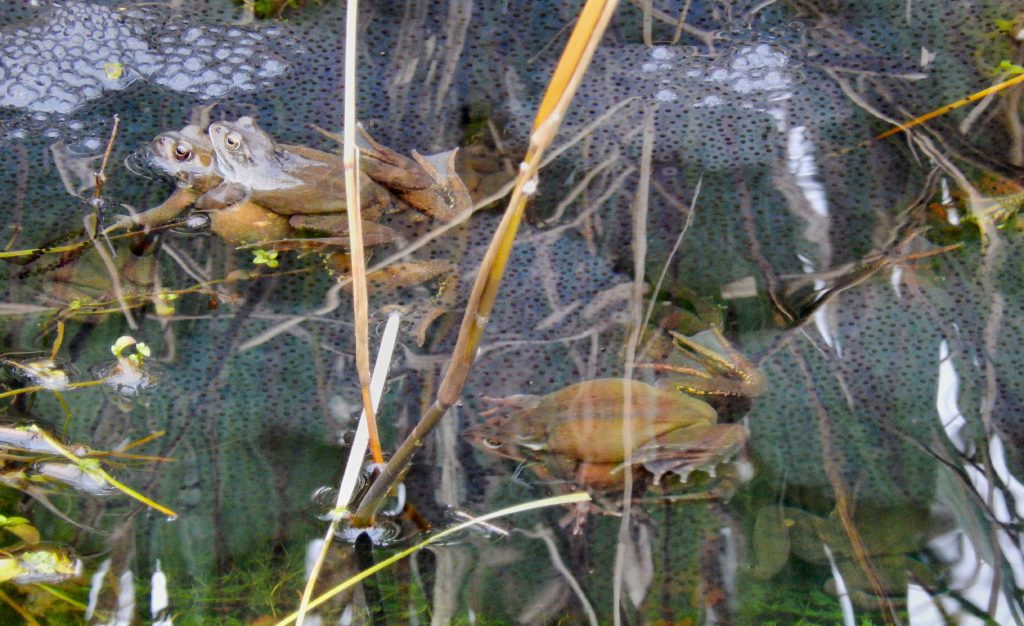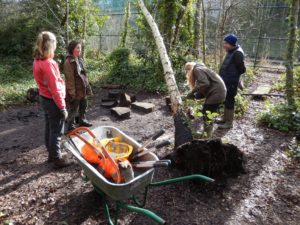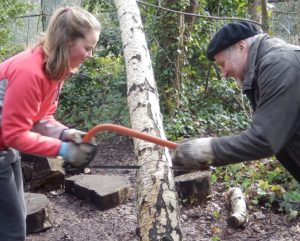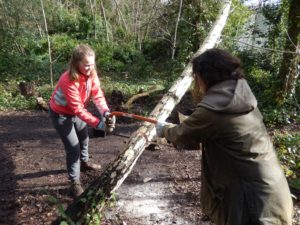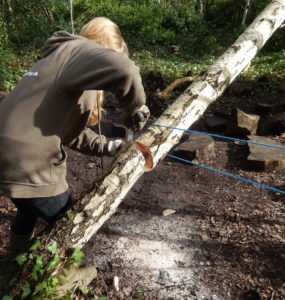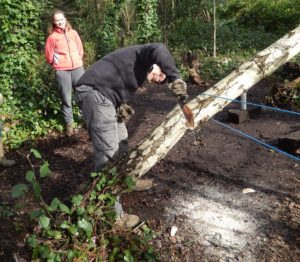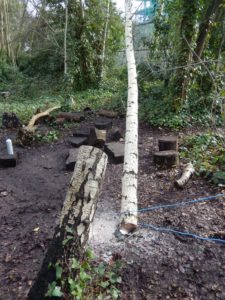
Spring has arrived, with Orange Tip, Brimstone, Holly Blue, Comma, and Small White butterflies all flying today.
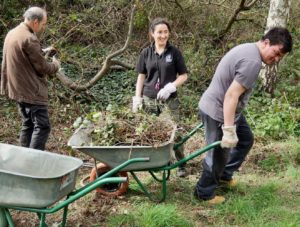
We’re racing to finish clearing the brambles along the edge of the old railway track where we hope to have some neutral or even acid grassland on the railway shingle. Time is against us now, as the warm spring weather and gentle winds have brought the warblers in. Today the first Blackcaps of the year sang in the reserve, along with Chiffchaffs, Wrens, Robins, Dunnocks, Great Tits, and Blue Tits, not to mention the chattering Magpies.
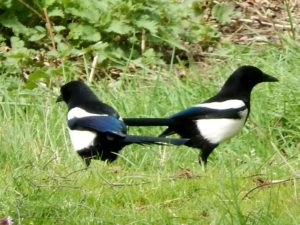
Among other animals celebrating the spring are the foxes, which have made many new holes and can often be seen about the reserve if you come along and sit quietly in the morning.
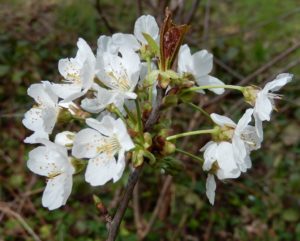
The wild Cherries are in flower all around the reserve, and the Pussy Willow catkins are glowing golden in the sunshine.
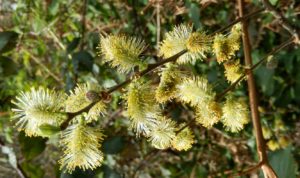
Bufftail Bumblebee queens seem to be everywhere, it being hardly possible to reach down for a bramble or a twig without disturbing one.
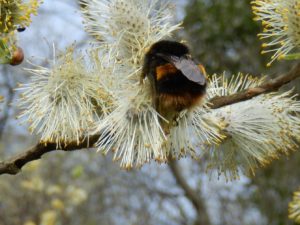
I was pleased to uncover two fine Birch saplings, just coming into new leaf, that had been hidden under the brambles.
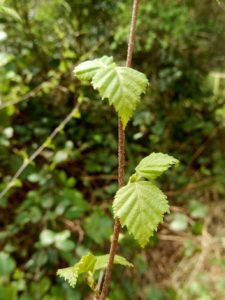
Patrick found a buried milk bottle. We wiped the earth off it and held it up to the light: it read “Golden Seal” in raised curly ‘handwriting’ lettering. The brand vanished in the mergers of the 1970s as dairies grew bigger, so the bottle must have lain undisturbed for perhaps half a century, from before the Triangle became a nature reserve.
